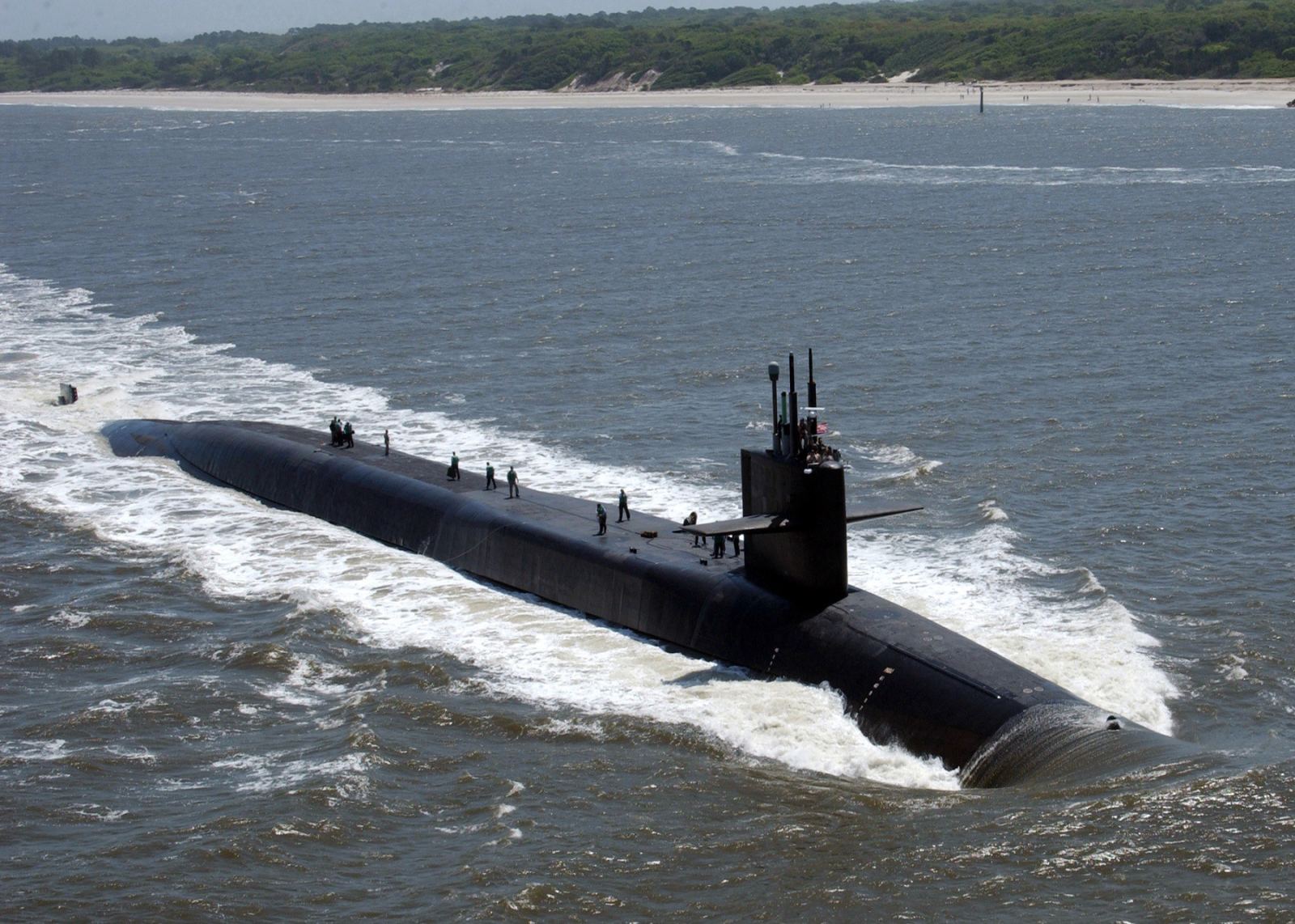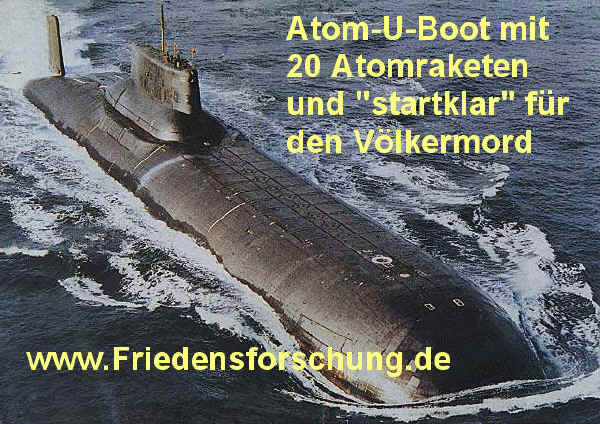
Poland announced in December 2013 they will not buy, but only lease, two U212-A's, on account of not meeting "requirements of tactical and technical equipment developed by the military, including in particular the propulsion system, missile weapons and rescue system". The export-oriented Type 214 submarine succeeds the Type 209 submarine and shares certain features with the Type 212A, such as the AIP fuel cell propulsion.
Atom u boot tauchtiefe series#
The intention is to keep the same configuration of the first series and reduce maintenance costs.
Atom u boot tauchtiefe software#
Some upgrading should involve materials and components of commercial derivation, as well as the software package of the CMS. On 21 April 2008 the Italian Navy ordered the optional second batch of submarine, in the same configuration of the original ones. They will be 1.2 meters longer to give additional space for a new reconnaissance mast. The German Navy ordered two additional, improved submarines in 2006, to be delivered from 2012 on. In the same year the Italian government placed an order of two U212A submarines built by Fincantieri for the Italian Navy ( Marina Militare) at Muggiano shipyard, designated as the Todaro class. Different sections of the submarines were constructed at both sites at the same time and then half of them were shipped to the respective other yard so that both HDW and Thyssen Nordseewerke assembled two complete submarines each. The German Submarine Consortium built them at the shipyards of HDW and Thyssen Nordseewerke GmbH (TNSW) of Emden. The German government placed an initial order of four Type 212A submarines in 1998. Its main aim was the construction of identical boats and the start of a collaboration in logistic and life-cycle support for the two navies. On 22 April 1996 a Memorandum of Understanding (MOU) gave the start to the cooperation for building four vessels for German Navy and four vessels for Italian Navy. The two different requirements were mixed into a common one and, because of significant updates to the design, the designation has been changed to Type 212A since then. The final programme started in 1994 as the two navies of Germany and Italy began working together to design a new conventional submarine, respectively to operate in the shallow and confined waters of the Baltic Sea and in the deeper waters of the Mediterranean Sea. Initial study started on a Type 209 improved design, with AIP capability, called Type 212. The Type 212 is the first fuel cell propulsion system equipped submarine series.Īt the beginning of the 1990s the German Navy was seeking a replacement for the Type 206 submarines. The system is also said to be vibration-free and virtually undetectable. The submarines can operate at high speed on diesel power or switch to the AIP system for silent slow cruising, staying submerged for up to three weeks with little exhaust heat.

It features diesel propulsion and an additional air-independent propulsion (AIP) system using Siemens proton-exchange membrane (PEM) compressed hydrogen fuel cells. The Type 212A is a class of diesel-electric submarine developed by Howaldtswerke-Deutsche Werft AG (HDW) for the German Navy (German: U-Boot-Klasse 212 A), and the Italian Navy where it is known as the Todaro class.

Type 206 submarine (Germany), Sauro class submarine (Italy), Ula-class submarine (Norway)

Howaldtswerke-Deutsche Werft GmbH ( HDW), Fincantieri SpA


 0 kommentar(er)
0 kommentar(er)
